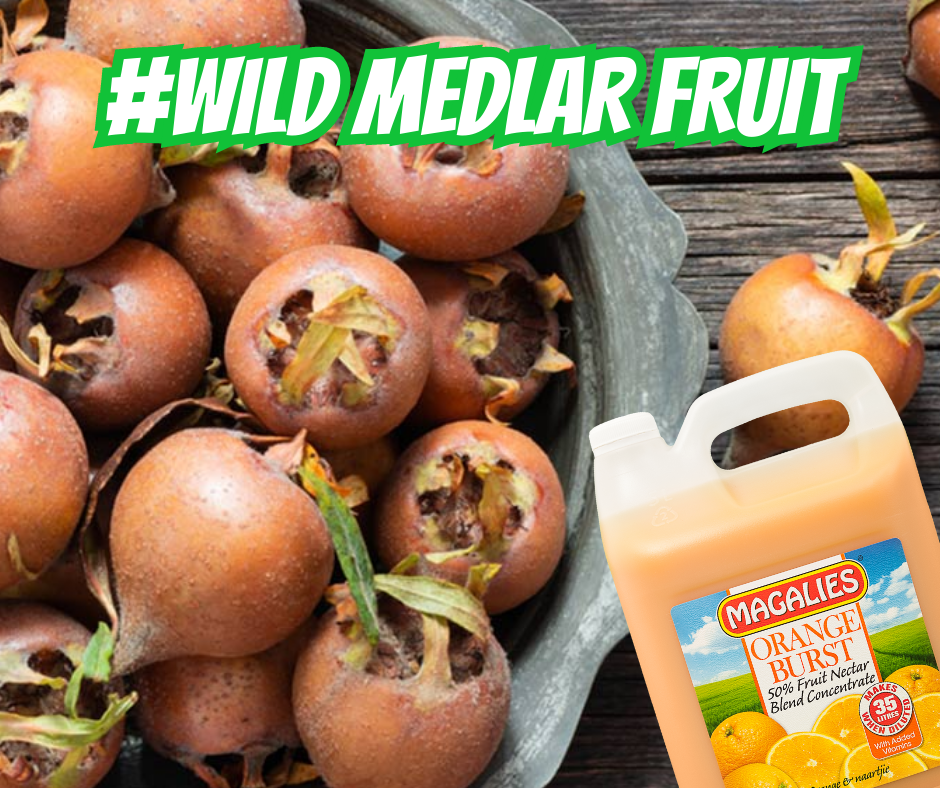by Dr Marli Botha
Quince is an ancient fruit, found in Roman cooking and grown across Turkey and Southeast Asia. It grows on small trees and is closely related to apples and pears, but it lacks their immediate edibility and appeal. Quince may be the most difficult, yet consequently, rewarding fruit ever encountered, it’s completely inedible when raw!
- The Quince (Cydonia oblonga) is a relative of the apple and pear and belongs to the pome fruit family.
- The skin of quinces is a bright yellow, with flesh of a cream colour that generally becomes pink when cooked.
- Quince is best known for its strong, tropical and fruity aroma. This fruit was an inevitable part of wedding ceremonies in ancient Greece. The bride consumed quince to ensure pleasantly smelling, “perfumed lips”.
- Quince is often used as a rootstock for grafting the pears. Created hybrids remain small in size, but they produce a substantial amount of fruit that reaches maturity more quickly.
- Turkey is the greatest manufacturer of quince in the world with nearly 128.000 metric tons of fruit produced each year.
- Compounds isolated from quince can reduce blood cholesterol levels, prevent the development of certain types of cancer and inflammatory bowel disease.
- Quinces are a good source of vitamin C and have significant quantities of copper, fiber, and potassium.
- Mucus obtained by soaking the seed of quince into the water can be used in the treatment of skin irritation and gastrointestinal discomfort.
- Quince is a perennial plant that can survive more than 50 years in the wild.
- Quinces are not eaten fresh because of their astringency (due to high tannin content). Because of its high pectin content, it’s particularly popular for use in jams, jellies, and preserves. Quinces tend to hold their shape, so they are ideal for poaching, stewing, or baking as a dessert.

























